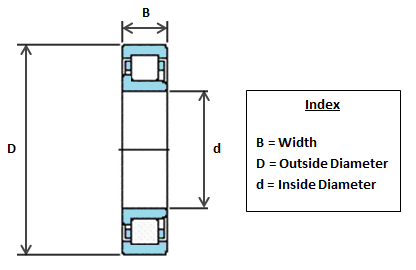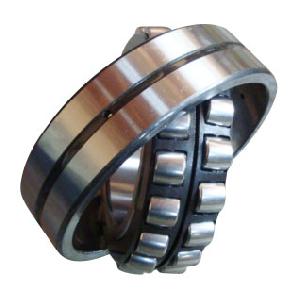- Joined
- Jun 13, 2007
- Messages
- 3,861
- Location
- south east WA Australia
Johns thread is full of good info but i noticed the last few pages have some people wondering what to do.
https://husaberg.org/t/main-bearings-failure-must-change.5986/
the ideas here are not just my opinion, there are a great many good minds who have worked out what causes the failures and even better have tried a number of different solutions. the majority of these solutions are scattered through KTM talks RFS section.
what causes the oem roller bearings to fail ?
1) crank spread under its own weight is the main problem
2) misalignment of the bearing bore, seems rare, search lineaweavers posts
3) insufficient crank axial play (end float) with crank spread
what is crank spread?
when the crank spins, its own weight causes it to spread outward opposite the pin
when you add in the combustion forces they contribute further to the spread.
sorry for the crappy pic there is a better one i will add later

in this condition while running the axial play of the crank reduces until the forces deforming the crank outward are matched by the crank resisting deformation (a function of its stiffness)
if you don't have enough end float or stiffness for the weight of the crank and the rpm its doing your end float (axial play) will become zero
with zero axial play the NJ series roller bearings will experience side loads as they are now subjected to some of the force causing crank spread
https://husaberg.org/t/main-bearings-failure-must-change.5986/
the ideas here are not just my opinion, there are a great many good minds who have worked out what causes the failures and even better have tried a number of different solutions. the majority of these solutions are scattered through KTM talks RFS section.
what causes the oem roller bearings to fail ?
1) crank spread under its own weight is the main problem
2) misalignment of the bearing bore, seems rare, search lineaweavers posts
3) insufficient crank axial play (end float) with crank spread
what is crank spread?
when the crank spins, its own weight causes it to spread outward opposite the pin
when you add in the combustion forces they contribute further to the spread.
sorry for the crappy pic there is a better one i will add later

in this condition while running the axial play of the crank reduces until the forces deforming the crank outward are matched by the crank resisting deformation (a function of its stiffness)
if you don't have enough end float or stiffness for the weight of the crank and the rpm its doing your end float (axial play) will become zero
with zero axial play the NJ series roller bearings will experience side loads as they are now subjected to some of the force causing crank spread
Last edited by a moderator:










